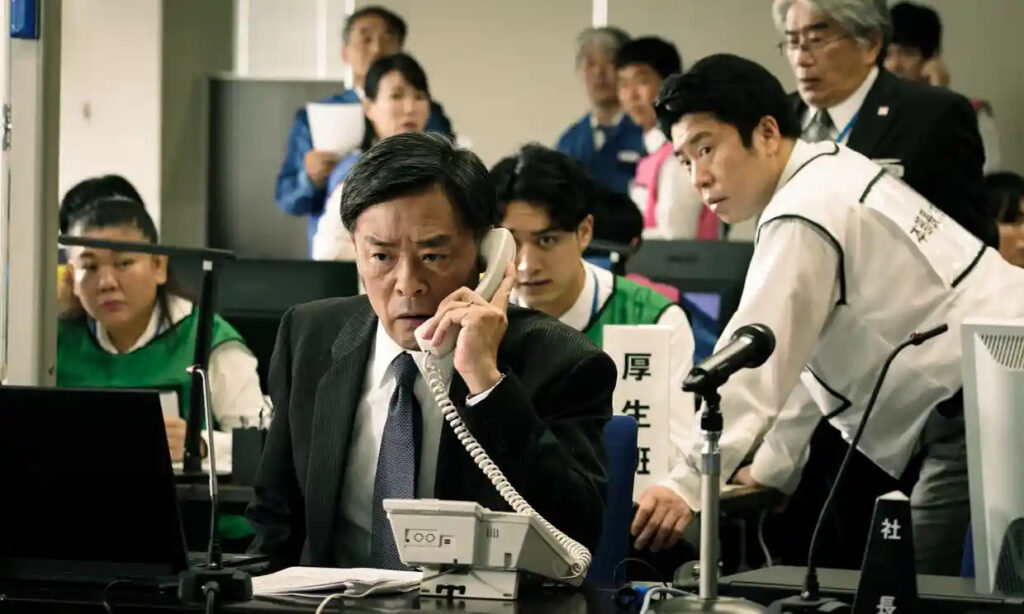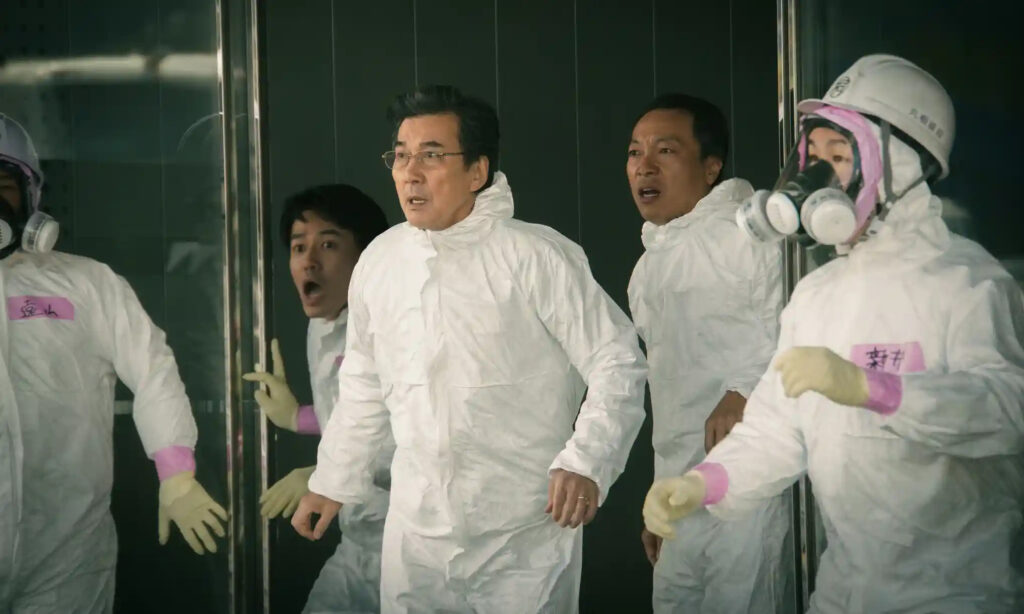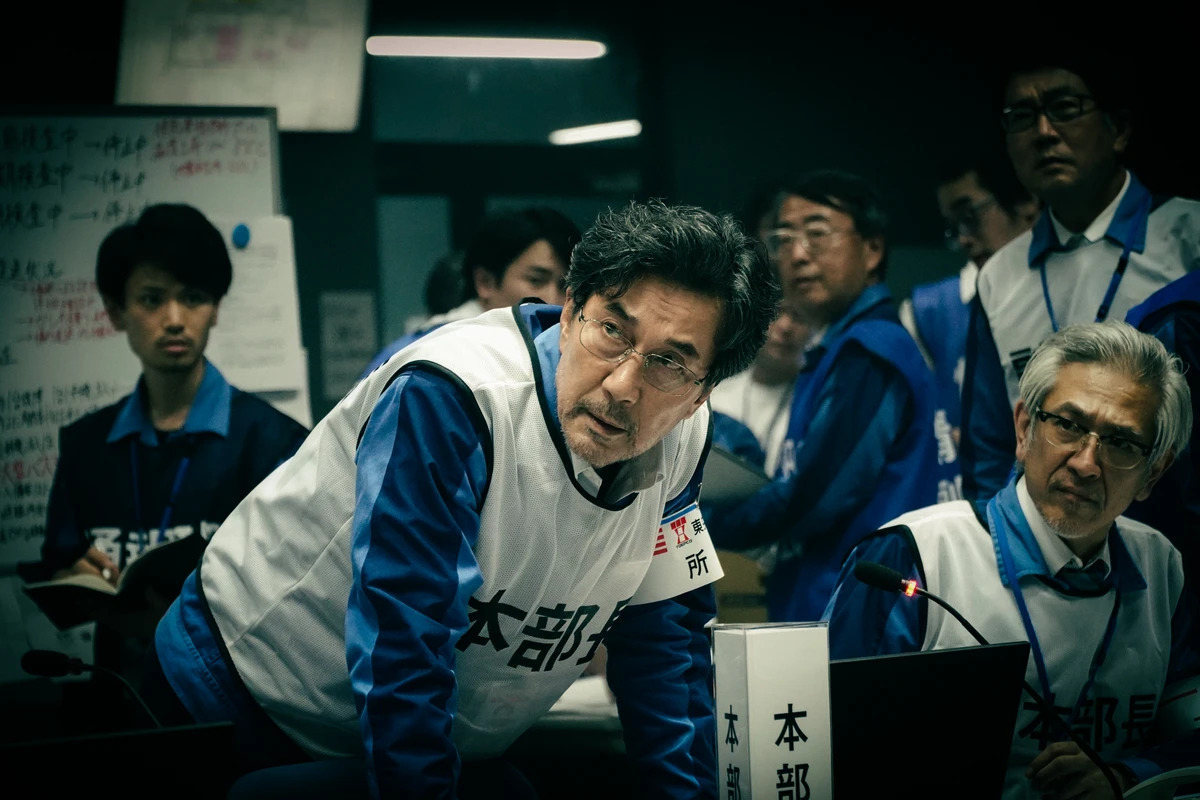June is here and so is the pile-high list of Netflix releases. The Days is on the top of it and have been a highly-anticipated Netflix release after the streaming giant premiered an apocalyptic drama in May, Black Knight. Conflicting this K-drama, the Japanese version of an apocalypse is here and it is every bit of goosebump-inducing, terror-awakening sci-fi drama as the trailer hints. It depicts a nuclear disaster and how we are not yet equipped to deal with such scenarios. The world has excelled in crafting nuclear bombs and reactors but somewhere along the line, we lost our way back to normalcy.
Directed by Masaki Nishiura and Hideo Nakata, Netflix’s The Days is a reminder of that silly mistake of ours. When hit by an earthquake followed by a tsunami, Japan’s electricity runs out and the nuclear reactors need cooling. If they aren’t cooled down in time, these reactors would explode and there would be nothing left of Japan by the end of the day.
Read the entire recap, the ending explained and review below!
The Days Recap

March 11, 2011, was yet another day at the Fukushima Daiichi Nuclear Power Plant for the plant manager Masao Yoshida (Koji Yakusho). But slowly it became a nightmare. When the buildings started shaking and machines at Tokyo Electric Power Company (TEPCO), things became alarming. The prime minister, Naoto Kan (Fumiyo Kohinata) was immediately drawn into the loop by Maejima, the shift supervisor. Yoshida immediately sensed the collapse of the reactors and machines wasn’t due to the Tohuko earthquake. It was due to the influence of this earthquake on the ocean that resulted in a disastrous tsunami.
Due to this tsunami, the water levels rose higher than necessary, drowning the power plant’s lower levels. After the quake, Maejima begins checking for the cooling units, starting and restarting them over and over again to ensure the units work well. Unfortunately, due to the tsunami that followed right after, the power is cut down and now Japan stands on the threshold of mass destruction.
Politics And Crisis Do Not Blend Well
The exposed nuclear rods are on the verge of leaking radiation and destroying major cities of Japan including Tokyo and others. The prime minister, Maejima, Yoshida and everyone around the power plant are quivering in terror. Yoshida takes charge, accumulating people who could pull off the job he has in mind and generally shouldering the responsibility of saving over a million people. He plans on wet well venting which essentially means relieving the 600 kilopascals of pressure on the gauge so that it wouldn’t tear up by releasing a small amount of gas into the Pacific Ocean.
His decision is taken in the light of an emergency with no prior experience dealing with this kind of situation and no guidance available. The prime minister is dealing with political whiplash and is stumped by the pressure on him. America has ordered its residents to return back, other countries are amidst doing so as well upon hearing about the situation in Japan. Naota can’t let that happen and his table-banging fit enunciates that.
The Days Ending Explained: Does Japan Survive The Attack?

The evacuation of the nearby areas of the power plant has begun and it isn’t long before the stakes keep elevating. Even after the wet well venting, the Fukushima Daiichi Nuclear Power Plant isn’t safe. It is surrounded by white smoke caused to a Hydrogen leak and the future seems bleak for everyone surrounding the plant. Yoshida who has been calmly trying to handle things goes berserk. Naota is contemplating the future of his country and can’t help the political pressure surrounding him. Be it ordering dry venting, reading the dosimeters or using seawater to cool down the reactors, Yoshida is doing everything he could.
With the help of the military sergeant, Hayemi, and American forces, the nuclear power plant is brought under control. No one dies due to the nuclear emissions at the end of The Days but several workers of the power plant are injured deeply. However, a young employee of the power plant, Koki Kirihara is found dead. Almost 17000 people were forced to evacuate the area surrounding the plant, resulting in a high migration rate and a dropping economy for Japan.
The Days Review: It Is A Reminder Of An Impending Apocalypse We Did Not Need
As I mentioned at the start of the discussion, The Days is a reminder of an impending apocalypse and we didn’t need that. The writer, Jun Masumoto, has depicted the poison that we are cherishing in fine detail. Nuclear power might be the new standard to measure a country’s strength but it is a cancer slowly chipping away at the lives of billions of people. While we swiftly ignore these nagging reminders, The Days don’t shy away from throwing them at our faces in glorious details.
While I wouldn’t comment on whether this is an enjoyable drama, I would certainly say that it is too long and too dipped in nitty-gritty details to impact the viewers. Some scenes are indeed goosebump-inducing but the rest, are not so. 8 episodes of 1-hour length each, only to describe the 7-day destruction overbearing, to say the least. It seems like The Days is a one-man show with Yoshida leading the series. The Days deserve 6.5 on 10 and would have surely received a stellar rating if it directed its focus on the emotional impact of the disaster rather than the political and physical.
